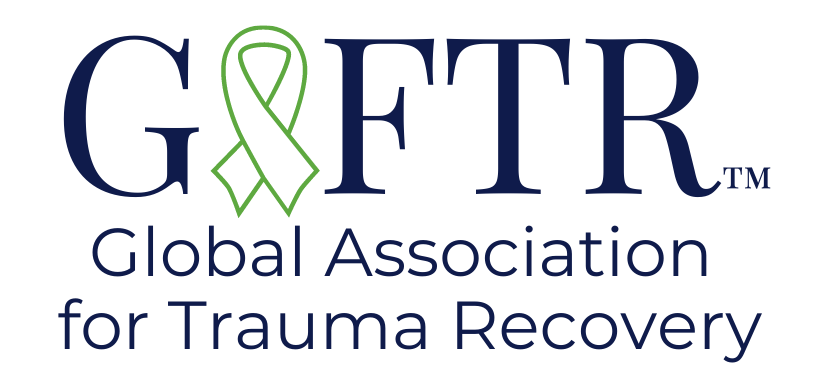trauma defined
Trauma results from experiencing an incident or series of events that are emotionally disturbing or life-threatening with lasting negative effects on the survivor’s mental, physical, social, emotional, and/or spiritual well-being.
These include but are not limited to:
- Childhood Abuse/Neglect
- Domestic Violence
- Sexual Assault/Abuse
- Grief/Loss
- Divorce
- Accident/Injury
- Illness
- Bullying
Trauma knows no boundaries with regard to age, gender, socioeconomic status, race, ethnicity, or sexual orientation.

Trauma & high-Risk behaviors
Survivors of trauma often develop coping mechanisms and strategies to alleviate their pain and fear. More often than not, these are maladaptive strategies that lead to high-risk behavior such as:
Trauma Statistics
The prevalence of traumatic experiences is difficult to correctly assess, but estimates suggest that:
- Approximately 19% of men and 15% of women in the US reported a lifetime experience of a natural disaster
- Between 15% and 25% of women will report a lifetime history of sexual abuse
- As many as 1 in every 6 men have had abusive sexual experiences before the age of 18
- The prevalence of domestic violence among women is between 9% and 44%, depending on sources. The true number is likely closer to the higher margin, due to pervasive underreporting
- About 18.5% of returning veterans report symptoms consistent with post-traumatic stress disorder (PTSD) or depression
- Approximately 60% of adults report traumatic or other difficult family circumstances during childhood
- As much as 70% of children in elementary and middle schools are affected by bullying
Some of these statistics are likely an underrepresentation of the true numbers. This is because, in its nature, trauma is often associated with feelings of shame, guilt, and self-blame, thus making it less likely to be reported.
